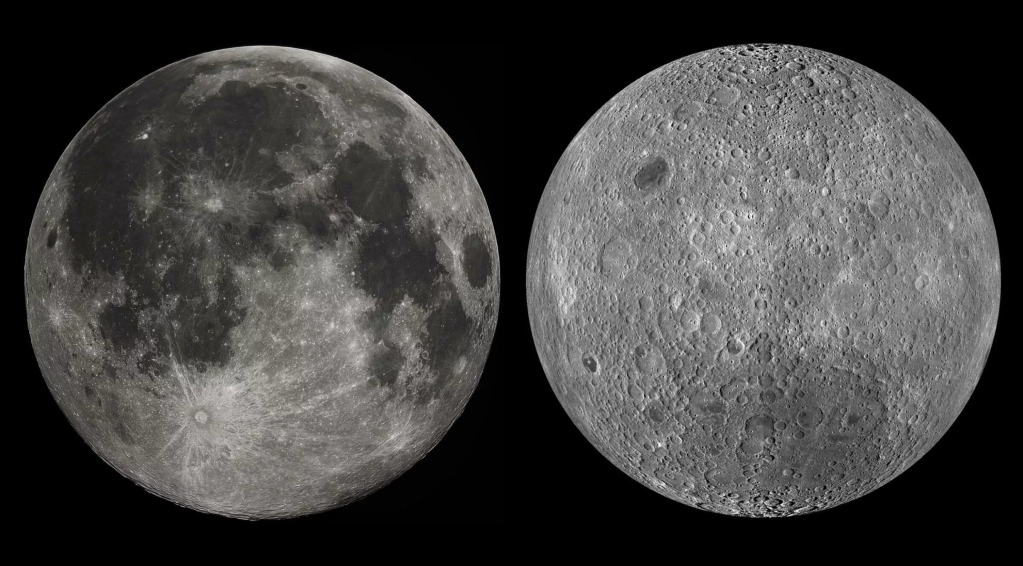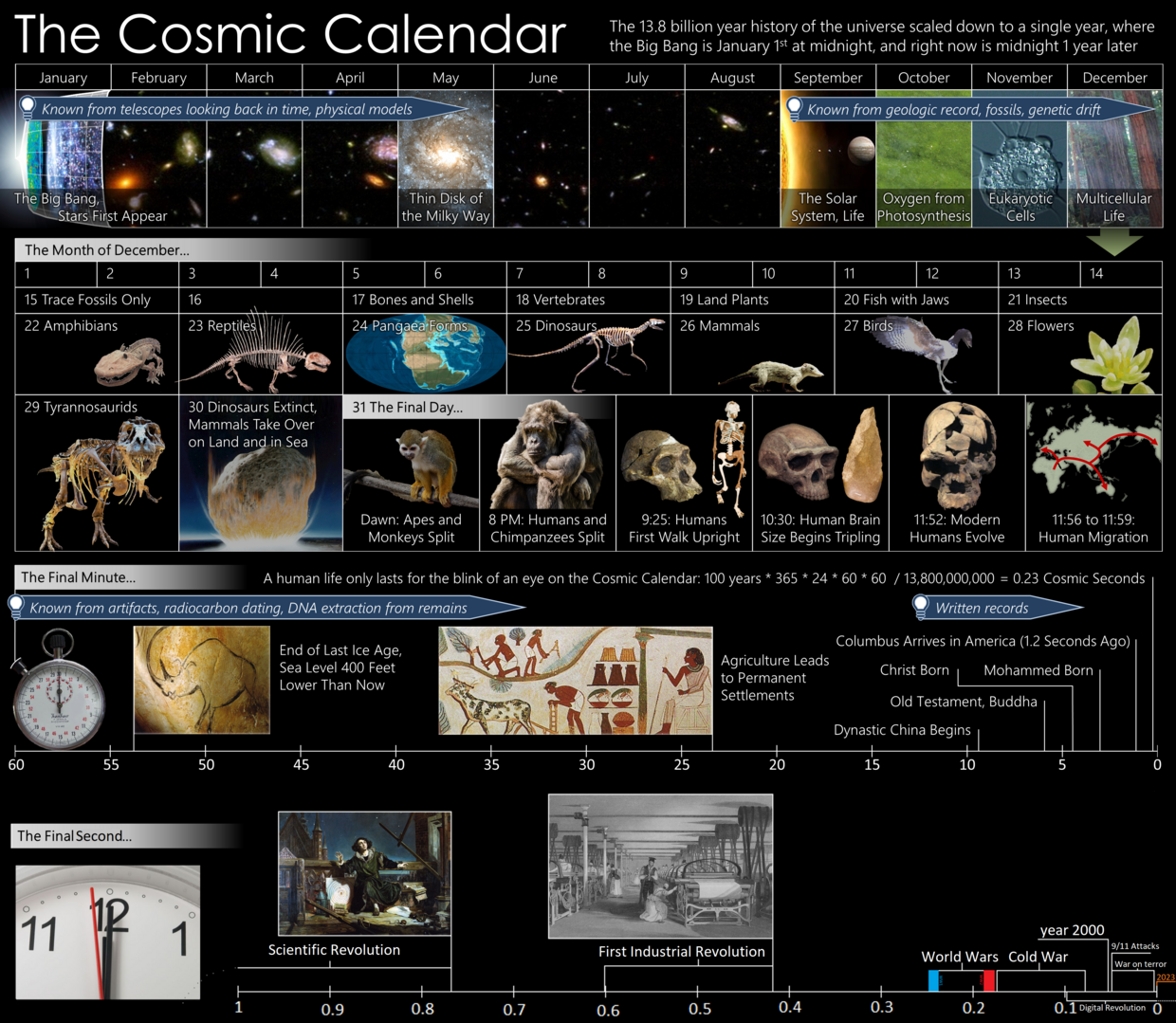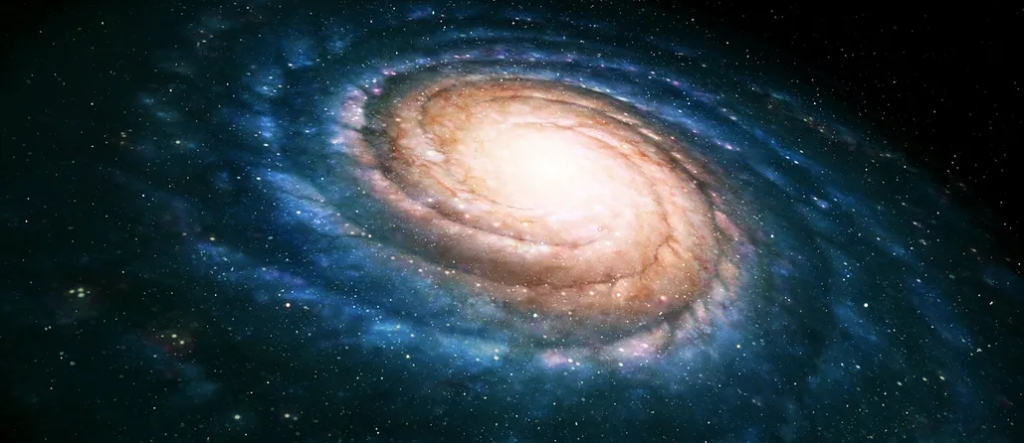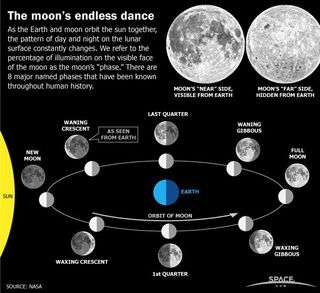
By looking at the image above, it’s clear to see that the dark splotches we’ve come to associate with our closest cosmic neighbor, the Moon, are only seen on one side! The farside of the moon is much more uniform with a lot more craters than the side we see. This stark difference has puzzled scientists in the decades following the first lunar orbiter, but with advancing technology they believe they’ve reached an explanation!
While scientists across the field may not agree on all the details, it seems that a general consensus has been reached that because of the nearside’s thinner crust and higher concentration of “heat-producing and radioactive elements,” more mantle material was able to reach the surface, creating the dark spots, called maria, we see today. How these elements came to be more abundant on the nearside is still debated. There are two prevailing ideas. One is that a major impact event on the Moon’s south pole led to these elements being dispersed within the nearside mantle. The other is that due to early Earth’s emanating heat, the near side stayed molten longer, allowing it to accumulate more of these elements. Future missions are in the works to gather more samples from various sites to try and refine this hypothesis.
If you’re interested in learning more about this, feel free to ask questions via comments or check out these articles by the Planetary Society and Brown University!






 ︎
︎



